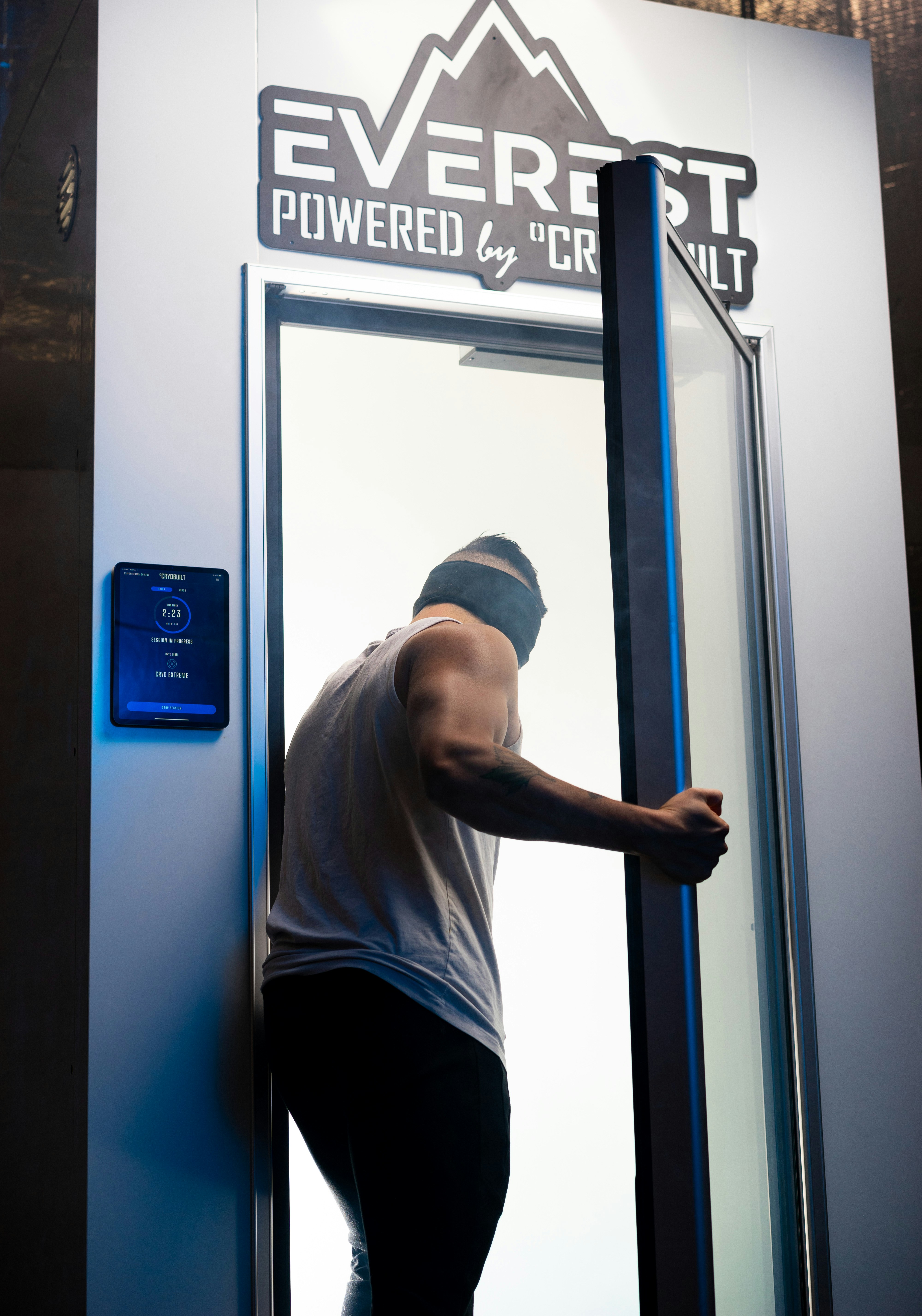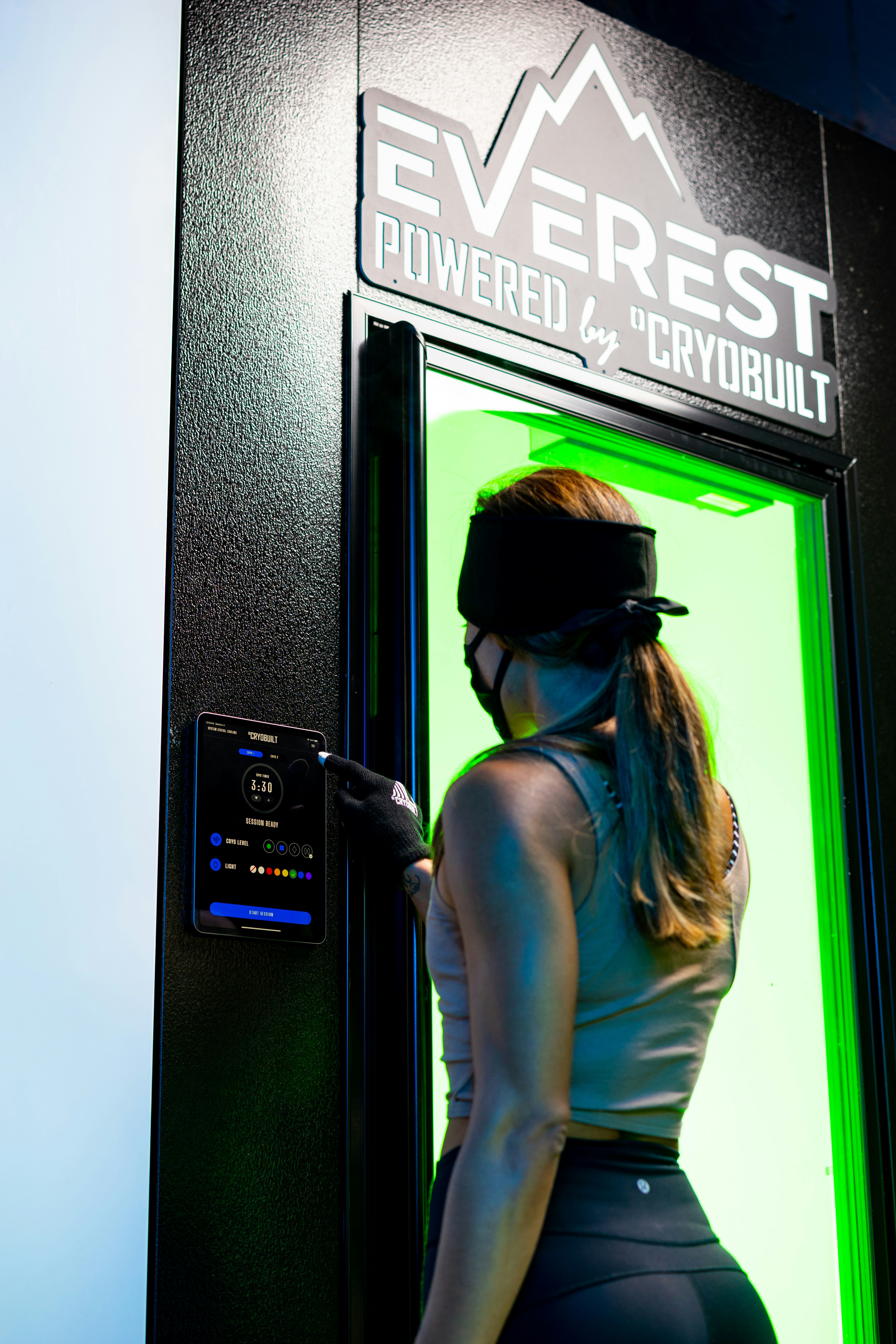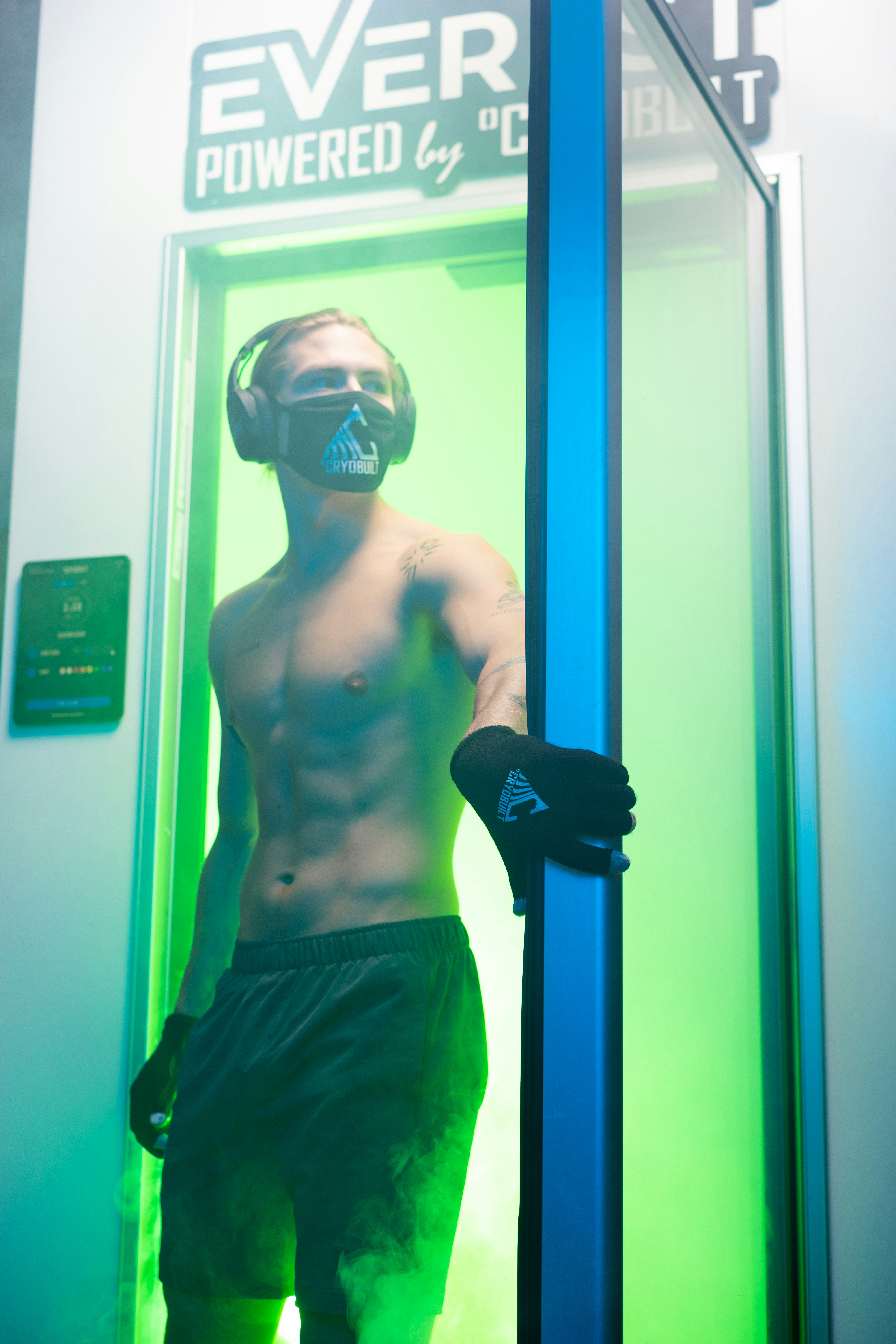Have you ever wondered how professional athletes bounce back so quickly after grueling competitions? The answer for many lies in a practice that has grown increasingly popular over the years: cold water immersion (CWI). This intriguing method may sound daunting, especially if the idea of a cold shower makes you shiver, but the benefits might make you reconsider.
Understanding Cold Water Immersion
Cold water immersion involves submerging most, if not all, of your body in cold water after exercise. Typically, this practice is carried out in water temperatures ranging from 10 to 15 degrees Celsius (50 to 59 degrees Fahrenheit) for a duration of anywhere from 10 to 20 minutes. This technique is widely used by athletes across various sports disciplines as a recovery method to potentially reduce muscle soreness and speed up overall recovery times.
The Background and Origins
Interestingly, the concept of using cold water for therapeutic purposes dates back to ancient times. The ancient Greeks and Romans were known to use cold baths as part of their bathing routines. The reasoning behind its resurgence in sports therapy is rooted in its potential to aid recovery and enhance performance.
Why Athletes Prefer Cold Water Immersion
It’s not just tradition that keeps this practice alive. Many athletes today favor CWI because it can quickly and efficiently reduce inflammation and muscle soreness. If you’re engaging in high-intensity workouts, the muscle fibers are likely to endure microscopic tears, which are the primary cause of delayed-onset muscle soreness (DOMS). Cold water immersion is thought to combat this by constricting blood vessels, which reduces swelling and allows your muscles to recover more swiftly.
The Science Behind Cold Water Immersion
Explaining the magic behind this chilly soak involves delving into the physiological processes at play. When you immerse in cold water, several beneficial responses are triggered in your body, contributing to recovery.
The Body’s Response to Cold
The initial plunge into cold water prompts your body to react immediately. Blood vessels constrict, a process known as vasoconstriction, which reduces blood flow to the muscles. This reduction in blood flow can help decrease the inflammation that you might experience post-exercise.
Conversely, as you step out of the cold water, your body begins to warm up, leading to vasodilation—an increase in blood flow. This helps flush out metabolic waste products from the muscle tissues, such as lactic acid, which can contribute to muscle soreness and fatigue.
Hormonal Changes
Another fascinating aspect of cold water immersion is its impact on your hormones. Exposure to cold water can trigger the release of norepinephrine, a hormone that can have strong anti-inflammatory effects. This hormone’s presence during and after a CWI session not only accelerates recovery but may also enhance mood and mental clarity, potentially boosting an athlete’s performance in subsequent workouts or competitions.
Examining the Benefits for Athletic Recovery
The primary reason athletes turn to cold water immersion revolves around its recovery benefits. Let’s explore how these benefits play out specifically in athletic scenarios.
Reduced Muscle Soreness
Have you ever felt like your muscles are screaming at you a day after a heavy workout? This soreness, known as DOMS, can be significantly reduced with the help of CWI. By minimizing the muscle’s inflammatory response, CWI not only reduces soreness but also enhances your capacity to train consistently without extended downtime.
Faster Recovery Times
With CWI, recovery times can be noticeably shorter. If you’re involved in back-to-back competitions or have a demanding training schedule, this faster recovery allows you to maintain high performance levels and stay at the top of your game. Plus, the ability to train without as much rest enhances your endurance and overall athletic development.
Enhanced Mental Recovery
Beyond physical recovery, cold water immersion might benefit your mental state. Cold exposure has been shown to increase the release of endorphins, the body’s natural “feel-good” hormones. This can improve your mood and reduce the overall perception of fatigue, helping you to not only recover physically but mentally as well.
Methodologies and Protocols in Cold Water Immersion
To truly benefit from CWI, knowing the right methodologies and protocols is crucial. Athletes often experiment with different techniques to optimize results.
Immersion Techniques
Athletes and trainers might employ various techniques to maximize the efficacy of CWI. From full-body submersion in ice baths to focused dipping of specific muscle groups, the approach can depend on the goals and preferences of the individual athlete, as well as the resources available.
Full-Body Submersion
This technique involves immersing the entire body for complete recovery benefits. Athletes often opt for full-body submersion, especially after intense competitions or complete body workouts, as it addresses generalized muscle soreness.
Partial Submersion
Not every athlete requires or tolerates full-body immersions. Some may immerse just the lower half of their body, often focusing on dominant muscle groups like legs and thighs, which bear the brunt of many physical activities. This method is used to target specific areas that need the most attention.
Protocol Variations
Time and temperature can vary significantly in CWI protocols. Customizing these parameters can make a big difference in the outcomes you experience.
| Parameter | Common Practice |
|---|---|
| Water Temperature | 10-15°C (50-59°F) |
| Immersion Duration | 10-20 minutes |
| Frequency | Post-competition/training session |
Experimenting with these settings can help find the ideal combination for your unique needs and response to cold water immersion.
Combining with Other Recovery Practices
For even more effective recovery, CWI is often combined with other recovery practices such as stretching, foam rolling, or massage. These additional activities can further reduce muscle tightness and promote blood flow, aiding the recovery process.
Addressing Concerns and Myths
Alongside the many benefits, there exist some myths and concerns regarding cold water immersion that may cause hesitation.
Common Misconceptions
One prevalent myth is that CWI can negatively impact your long-term muscle growth. While cold immersion could theoretically blunt muscle gain slightly by limiting inflammation (a key growth factor), it’s generally considered non-significant for endurance athletes more focused on recovery and performance.
Safety Considerations
Safety should be a priority when engaging in cold water immersion. You must be cautious of hypothermia, and it’s recommended to avoid overly cold water or prolonged exposure. Always listen to your body and consult with a healthcare provider if you’re uncertain about the practice.
Individual Variability
It’s noteworthy that individual response to CWI may vary. Factors such as acclimatization to cold, body composition, and overall health can influence how beneficial the immersion will be. It might require some trial and error to figure out what works best for you.
Real-World Applications and Case Studies
Athletes around the world have shared success stories of cold water immersion in their recovery regimes.
Professional Athletes’ Experiences
Many noteworthy athletes have championed CWI as an essential part of their training and recovery regimen. Interviews and reports on individuals from varying sports—including soccer, rugby, and track and field—often highlight the perceived benefits of quicker recovery times and reduced soreness.
Case Studies
Research and documented case studies continue to support the efficacy of CWI in athletic recovery. Examples include prominent sports teams relying on the practice following competitive matches and individual athletes sharing improvement in training consistency and performance through social media and public forums. These case studies emphasize personalized recovery approaches for varying athletic demands.

Conclusion: Embracing Cold Water Immersion
Deciding to incorporate cold water immersion into your athletic recovery protocol could be the next step in optimizing performance and gaining a competitive edge. Whether you’re an elite athlete or a dedicated amateur, the potential advantages in terms of reduced muscle soreness, faster recovery times, and enhanced mental health make cold water immersion worth considering.
As with any recovery technique, understanding your personal response and tweaking the specifics—such as immersion time and temperature—will be fundamental to reaping the benefits. Consult with trainers, coaches, and healthcare professionals to ensure safe practice and integrate cold water immersion into a holistic recovery strategy. Doing so could be your key to unlocking greater athletic potential, recovering more efficiently, and enjoying your athletic pursuits even more.




